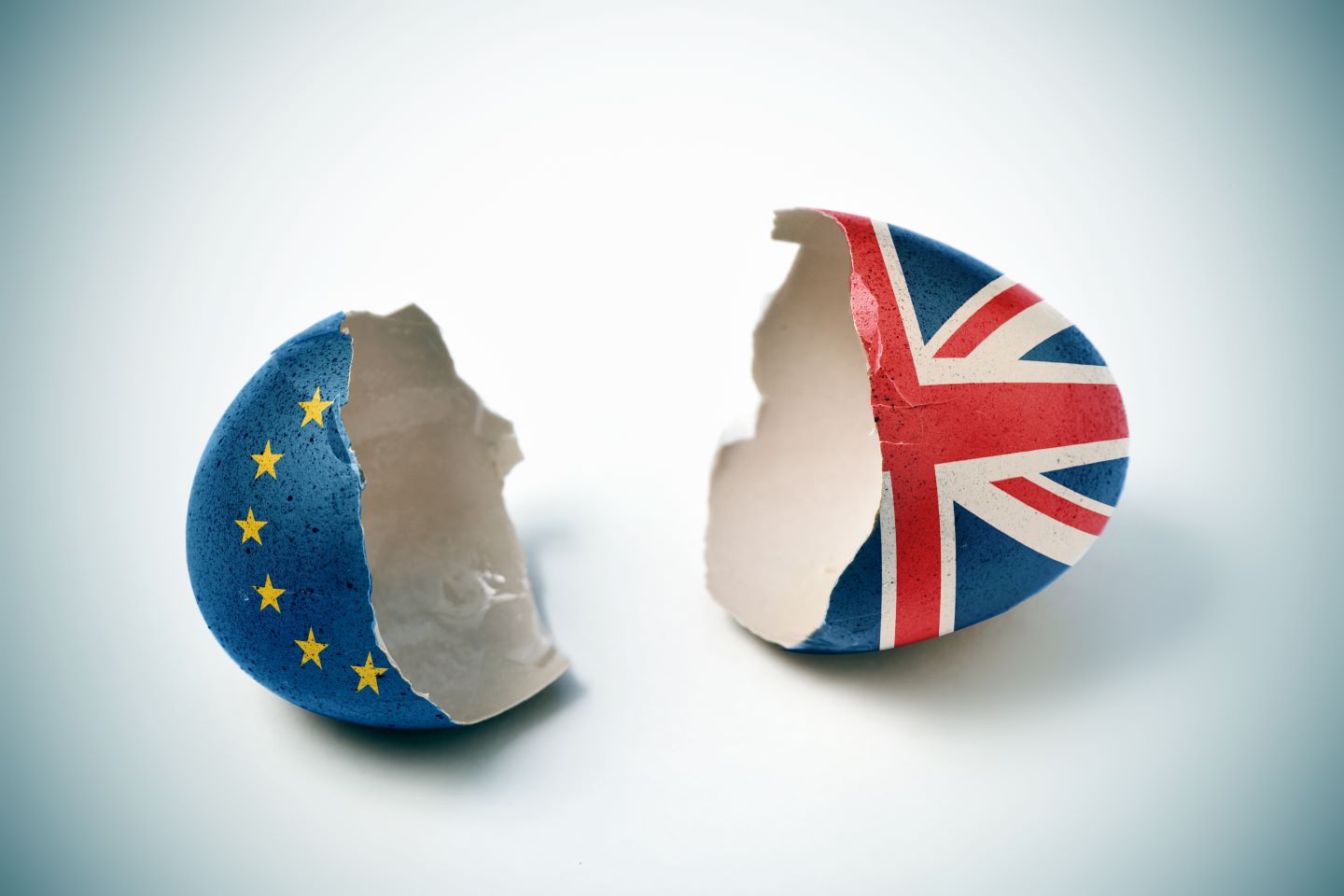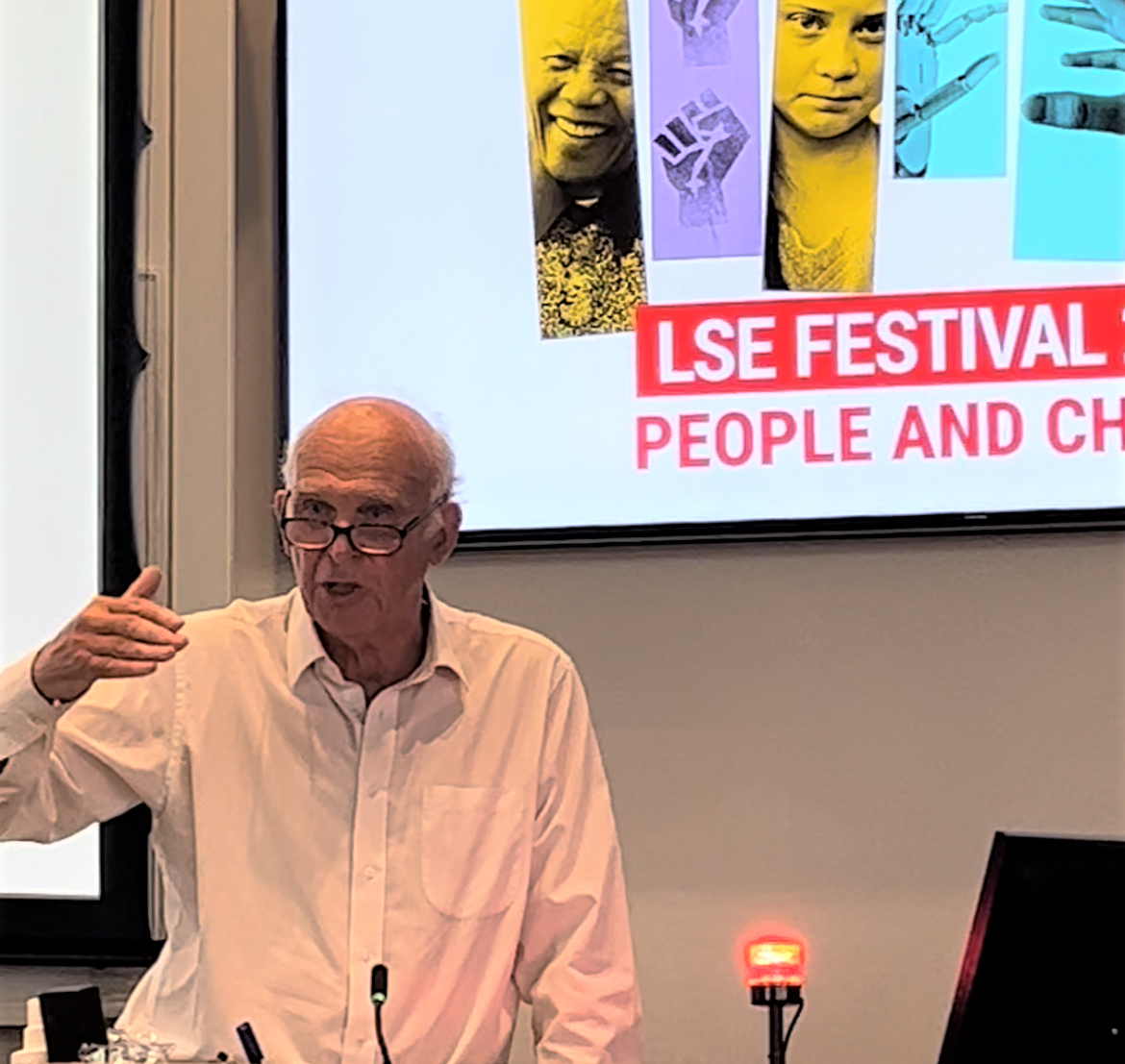
 As well as being Foreign Secretary, Dominic Raab holds the office of First Secretary of State, and he has previously deputised for the PM. Surveying this office’s near 60-year history, Stephen Thornton and Jonathan Kirkup explain how its importance depends on who holds the post, and, whatever happens to Raab in any reshuffle, the status of First Secretary can vary according to how the post-holder is perceived by the PM.
As well as being Foreign Secretary, Dominic Raab holds the office of First Secretary of State, and he has previously deputised for the PM. Surveying this office’s near 60-year history, Stephen Thornton and Jonathan Kirkup explain how its importance depends on who holds the post, and, whatever happens to Raab in any reshuffle, the status of First Secretary can vary according to how the post-holder is perceived by the PM.
The Foreign Secretary and First Secretary of State Dominic Raab is not having a great August. Alongside predictable calls from opposition parties for him to sling his ministerial hook, many Conservative MPs seem incensed by his handling of the crisis in Afghanistan. Yet he will likely hang on for now; Boris Johnson has demonstrated repeated reluctance to sack ministers when confronted with external pressure. Even Gavin Williamson. However, should Raab continue to be regarded as a liability at the Foreign, Commonwealth and Development Office, one suggestion reported in the FT is that he will lose his more conspicuous portfolio during the next reshuffle, to become instead Justice Secretary, but – presumably to preserve some dignity – he is likely to maintain “the title of ‘first secretary of state’ that designates him as the second most senior minister in government”. But this begs the question, is the holder of this enigmatic office really the second most senior politician in the land?
This seemingly simple question is not an easy one to answer. On the Gov.uk website page relating to the position of First Secretary of State, a void commands the space where details about the position’s responsibilities should be. The Cabinet Manual – though at least bothering with words – is equally vague. It just notes that the position sometimes exists, may be held with another office, and has responsibilities that “will vary according to circumstances”. More helpfully, constitutional experts such as Lord Norton have identified some features associated with this position: that the post is one that denotes particular seniority – though, unlike the even more slippery title of Deputy Prime Minister with which it is sometimes regarded as synonymous, First Secretary does at least possess its own seals of office and is thus a full ministerial position – and, though there are no defined responsibilities, there exists a loose expectation that the holder of the position may take on a senior co-ordination role within government. Useful, but the question remains, is Raab the government’s second-in-command?
The circumstantial evidence is mixed. The position of First Secretary is certainly a signifier of seniority. The post was created in 1962 by Harold Macmillan to try to prevent his much put-upon deputy R.A. (Rab) Butler leaving the Cabinet when stripped of his position as Home Secretary. Though Macmillan was careful to clarify that Butler only acted as deputy (the official position of Deputy Prime Minister being seen as constitutionally abhorrent by the Palace), being made First Secretary did consolidate Butler’s position as the most senior member of the government after the PM. Moreover, many of Butler’s ten successors as First Secretary have also been seen in this light. For example, George Brown, Michael Heseltine, John Prescott, and Damian Green, have been regarded – at various degrees of de facto-ness – as Deputy Prime Minister. So Raab, as First Secretary, is surely Johnson’s deputy? Well not quite.
For each of those ministers mentioned, their position as ‘second amongst equals’ was not secured solely by their appointment as First Secretary. They also were, after the Prime Minister, second on the ministerial list of preference – the “pecking order” as Harold Wilson described it. First secretaries who were not second on the list include Barbara Castle (only sixth), Peter Mandelson (third), William Hague (third), and Castle and Hague were not regarded as their government’s second most senior minister, and Mandelson’s claim is contested. As for Raab, he is only third on the list. In second place is Rishi Sunak.
It is also the case that Raab, as the holder of an additional portfolio of some responsibility, doesn’t handle the traditional co-ordination role that is often associated with the position of First Secretary. This role, which came to the fore during Heseltine’s period as First Secretary from 1995 to 1997, tends to involve the chairing of many cabinet committees, thus relieving some of the burden of managing the centre of government off the Prime Minister’s shoulders. Thus far Boris Johnson hasn’t been keen to let go of his committee chairing responsibilities, with Raab not chairing any cabinet committees. The minister who most fits the co-ordination role usually associated with the position of First Secretary is the current Chancellor for the Duchy of Lancaster and Minister of the Cabinet Office, Michael Gove, who chairs three Cabinet committees – and, tellingly, is sometimes regarded as Johnson’s deputy.
The most compelling evidence to suggest Raab is the UK’s second most senior minister comes from the experience of nearly losing the most senior one in April 2020. When Johnson, seriously ill with symptoms of coronavirus, was rushed to Intensive Care Unit at London’s St Thomas’ Hospital there was some uncertainty about who would fill-in while the Prime Minister was stricken. Clarity only arrived when Downing Street issued a statement on 6 April that read “The PM has asked Foreign Secretary Dominic Raab, who is First Secretary of State, to deputise for him where necessary”. Though Raab could not hire or fire ministers nor enjoy the symbolically important weekly audience with the Queen, Raab did chair the Cabinet and the National Security Council, he did represent the UK at a virtual summit of G7 leaders established to discuss the international response to the COVID-19 crisis, and he was in a position to authorise military action if necessary. In Johnson’s absence, Raab was evidently the UK’s most senior minister. Moreover, one not totally disinterested observer of events has suggested Raab did a rather better job of running the country than his boss.
It may only have been a matter of a circumstance, particularly as the position of other contenders such as Sunak and Gove was weak – the former had only been in post a matter of weeks and the latter had dramatically destroyed Johnson’s bid to become Conservative Party leader in 2016 – but, nevertheless, it was Raab, as First Secretary, to whom Number 10 turned in that period of crisis. This does suggest that Raab should indeed be regarded as the second most senior minister – for now at least. Not that this position is worth much at those times when the Prime Minister isn’t at death’s door, with modern communications being such that a PM is contactable even when on holiday. Rab Butler ran the country for weeks while Macmillan was on one of his grand tours.
It is also worth mentioning that, in what may be a similar situation to now, back in 1989 a Prime Minister wanted to sack her Foreign Secretary. To do this in a way to preserve his dignity, Margaret Thatcher gave Geoffrey Howe a title – in this case, that of Deputy Prime Minister – which suggested he was the second most senior member of the government. This Howe accepted, albeit grudgingly. In a possible lesson for both Raab and Johnson, Howe found his position increasingly uncomfortable as he realised this post lacked any real power and he came to wish he had departed from the government directly after his stint as Foreign Secretary. Yet, it was Howe – through his famous resignation speech the following year – who enjoyed the last laugh.
___________________
To find out more about the deliciously opaque position of first secretary of state, the authors of this blog have published an article that tells (nearly) all: https://academic.oup.com/pa/advance-article/doi/10.1093/pa/gsab038/6298311.
 Stephen Thornton is Reader in Politics in the School of Law and Politics at Cardiff University.
Stephen Thornton is Reader in Politics in the School of Law and Politics at Cardiff University.
 Jonathan Kirkup is Lecturer in Politics in the School of Law and Politics at Cardiff University.
Jonathan Kirkup is Lecturer in Politics in the School of Law and Politics at Cardiff University.
Feature image: Foreign Secretary Dominic Raab Calls United States Secretary of State Antony Blinken, 27/01/2021 (image cropped). Picture by Pippa Fowles / No 10 Downing Street. CC BY-NC-ND 2.0 licence.







